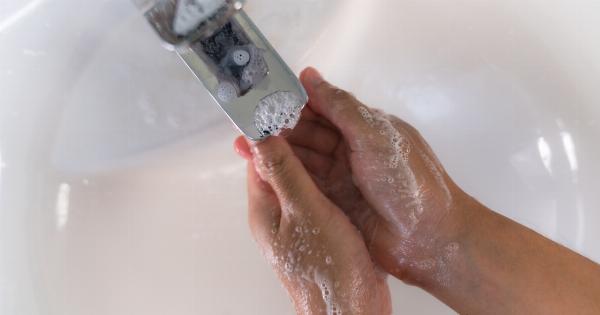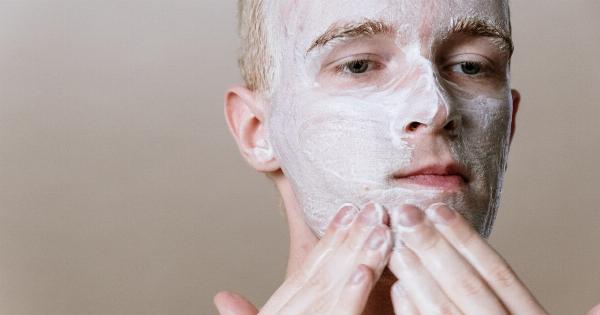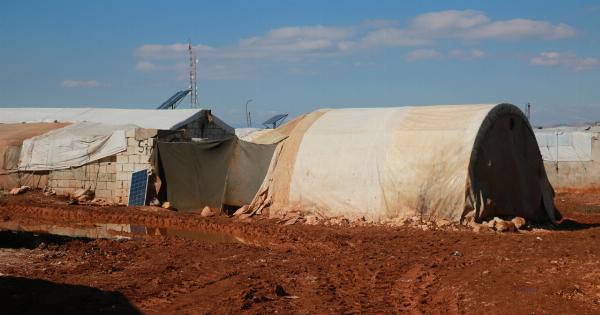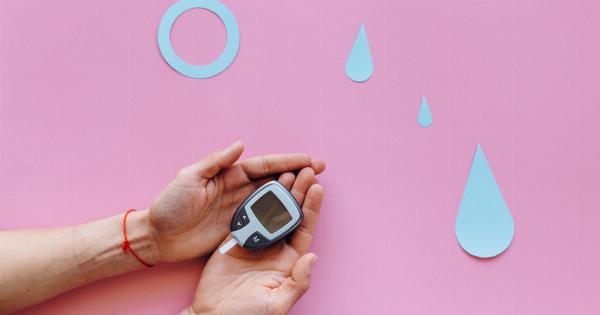When it comes to using hot water, we often take it for granted that the temperature is safe for our skin.
However, it’s important to understand that water temperatures can vary depending on the source and heating systems, and excessive heat can cause severe burns or scalding. In this article, we will explore the ideal tap water temperature for different purposes and the consequences of water that is too hot.
1. The Importance of Safe Tap Water Temperatures
Understanding the importance of safe tap water temperatures is crucial to prevent accidents and injuries, especially in households with young children or older adults who may have more sensitive skin.
A scalding burn from hot water can be incredibly painful and can lead to serious complications and long-term damage.
2. Ideal Tap Water Temperature for Different Purposes
The ideal tap water temperature can vary depending on the purpose for which it is being used. Here are some common scenarios and the recommended water temperatures:.
3. Safe Tap Water Temperature for Showers
When it comes to showers, it is generally advised to set the water temperature around 100 to 110 degrees Fahrenheit (38 to 43 degrees Celsius). This temperature range provides a comfortable shower experience without the risk of scalding.
However, it is recommended to test the water temperature before stepping into the shower, as the actual temperature can differ due to various factors.
4. Safe Tap Water Temperature for Handwashing
For handwashing, a temperature of around 100 degrees Fahrenheit (38 degrees Celsius) is generally considered safe and effective for killing germs and bacteria.
However, it’s important to note that using water that is too hot can lead to dry and irritated skin, so finding the right balance is crucial.
5. Safe Tap Water Temperature for Dishwashing
When it comes to dishwashing, the ideal tap water temperature is around 120 to 125 degrees Fahrenheit (49 to 52 degrees Celsius).
This higher temperature ensures effective removal of grease and food particles, helping to maintain cleanliness and hygiene in the kitchen. However, it is essential to use caution when handling hot water to prevent burns.
6. Consequences of Water That Is Too Hot
Excessively hot water can have severe consequences, especially for vulnerable individuals. Here are some potential outcomes of water that is too hot:.
7. Burns and Scalding
Water that exceeds safe temperature limits can cause burns and scalding injuries. These burns can range from mild to severe, depending on the intensity and duration of exposure.
It is crucial to be aware of the temperature of the water before using it to prevent accidental burns.
8. Skin Damage
Constant exposure to hot water can damage the skin’s protective barrier, leading to dryness, itchiness, and inflammation. This can be particularly problematic for individuals with pre-existing skin conditions such as eczema or psoriasis.
Maintaining the right water temperature is key to preventing skin damage.
9. Increased Energy Consumption
Using water that is excessively hot can lead to increased energy consumption. Heating water to higher temperatures requires more energy, which can result in higher utility bills.
Adjusting the water heater to the appropriate temperature not only saves energy but also reduces the risk of accidents.
10. Conclusion
Understanding safe tap water temperatures is essential to ensure the well-being and safety of household members.
Setting the appropriate temperature for showers, handwashing, and dishwashing can prevent burns, skin damage, and unnecessary energy consumption. By being aware of the consequences of water that is too hot, we can take the necessary measures to protect ourselves and our loved ones.






























